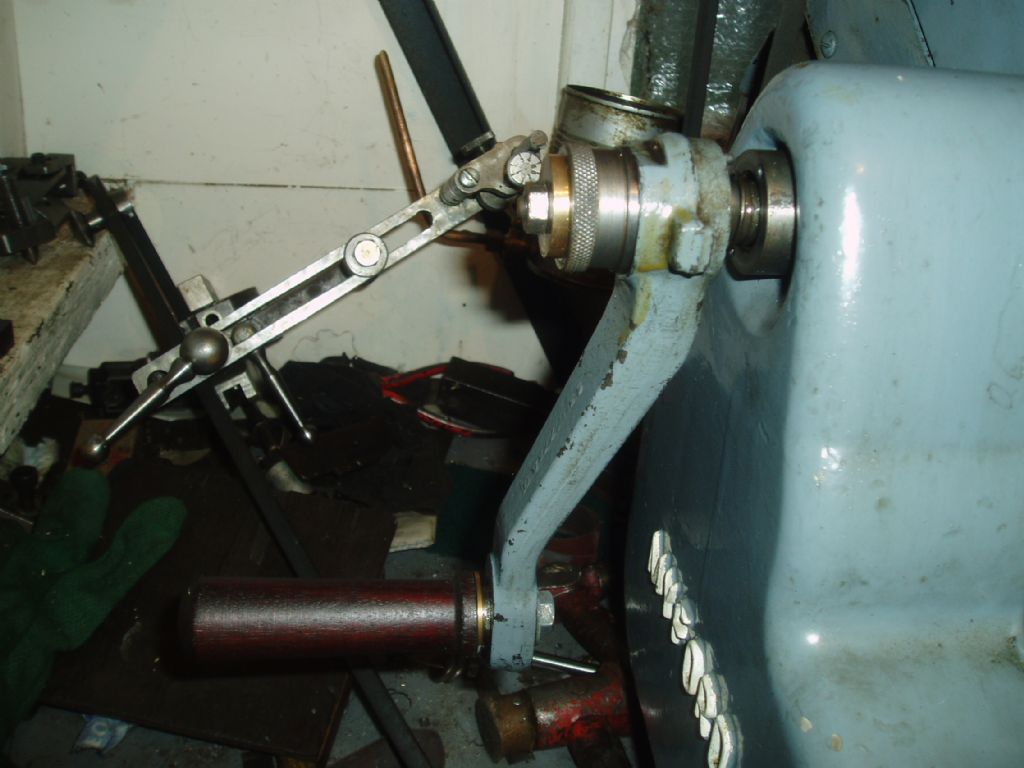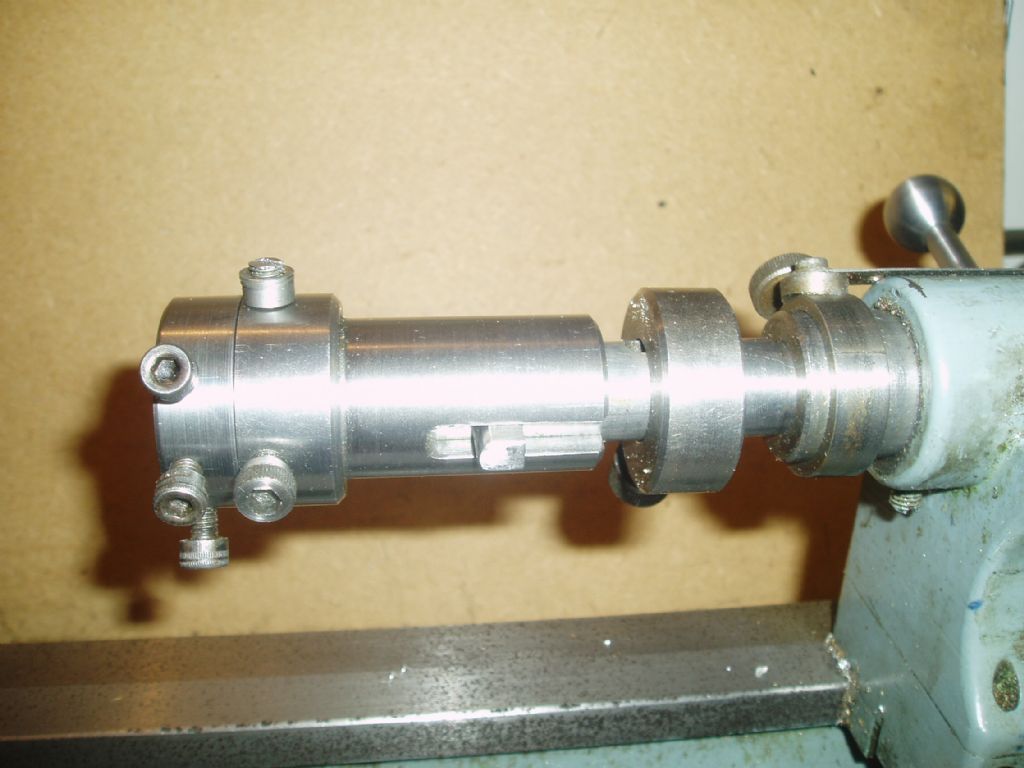I can only give my experiences as a strictly amateur.
If using the die, I always have a lead in chamfer which can be removed after if necessary. This implies that the thread is cut slightly longer than necessary, although often this doesn't matter as it can also form a lead-in for the nut – as long as it is not too much.
I also find that using a die guide helps in getting it started, possibly because I can put more pressure on without fear of it going off centre. The downside is having to make the guides before hand, but on the other hand (sorry!) they do ensure a better chance of keeping the thread aligned correctly.
Sometimes if the work is already in the lathe, I will screwcut to start with and then finish off by die. Also, unless it's very long, I always use a mandrel handle. (Just try cutting say a 10mm long thread under power at 125rpm, my minimum speed. It's ok if you like living dangerously – I don't.) Or if it is a small enough thread, I may simply hold & turn the chuck or mandrel whilst keeping the die steady.
Tubal Cain, which you appear to have already read, does state that there is no benefit in trying to achieve 100% flank fitting with metric threads. I also noticed only last night that he recommends reducing from the nominal diameter by between 5% and 10& of the thread height.
Finally, I have to say that cutting full height does not work every time for me: sometimes I end up doing all sorts of things to get the nut to fit. Such as having to further reduce the already cut thread. Or even using a three-square file on the threads. Ok, ok, I know that has immediately made me into a metal mangler than an engineer, but it at least shows Falco that other amateurs also have problems. My personal belief is that forcing the die to cut full thread like this will not do the die any good – it's not meant to turn down the metal first. Fortunately, I do not do much screw & die cutting.
As it happens, I am now gradually moving towards always slightly reducing the nominal diameter before I make the thread, but as I say, I don't do much so only time will tell how succssfull this will be.
Regards,
Peter G. Shaw
jim both.






